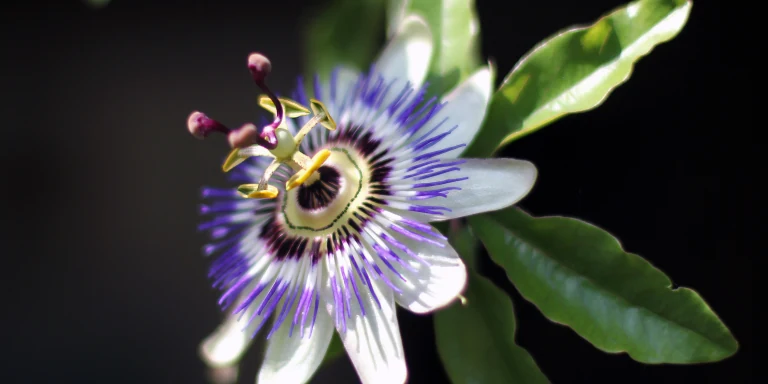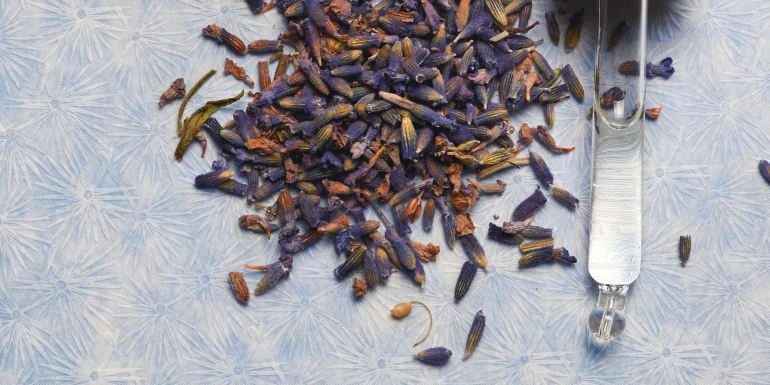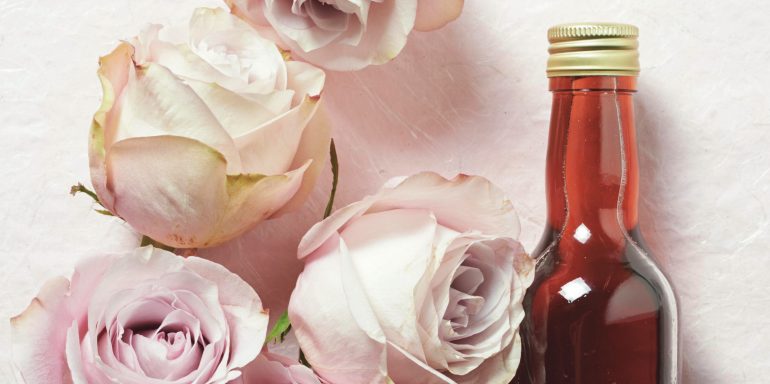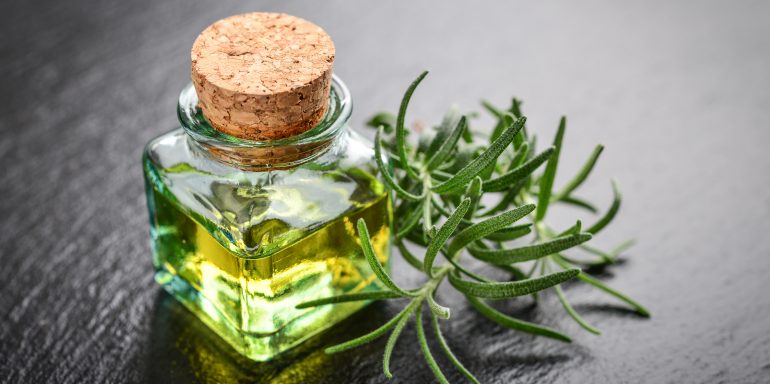
Flower that relieves pain: passionflower
The passionflower’s name says it all: in the form of drops or mother tincture, it arouses passion in us and symbolises both the Passion of Christ and the longing for paradise.
The magnificent flower attracts a lot of attention: it has a blue, purple, golden and white glow. At the same time, it fascinates people with its ring-shaped groups of petals, its annulus consisting of fine threads, the striking anthers and stigmas in the middle. The flower got its name from Christian missionaries on the continent of America, which had just been discovered at that time. The immigrants saw the symbols of the Passion of Christ in the beautiful flower: in their opinion, the ten petals symbolised the Apostles excluding Judas and Petrus, the purple-white corona represented the Crown of Thorns, the five stamens the wounds and the three stigmas the nails of the cross. Finally, the plant’s tendrils represented the scourges, as the Roman Jesuit, Giovanni Baptista Ferrari, professor and botanist, wrote in 1663 in his work “de florum cultura”. The fascinating flower not only inspired believers but also artists. In the 19th century, for example, the blooming aureole symbolised to them the longing for a distant exotic paradise.
Passionflower alleviates pain and relaxes you
The passionflower was discovered as early as several millennia ago, as evidenced by seed excavations in America. The “Passiflora incarnata” originated in the north of the continent. Today it is cultivated in Florida and India. Doctor Phares discovered in 1867 that the flower is not only nice to look at but it is also a very valuable remedy. He discovered its analgesic effects.
It has now been scientifically proven that the flavonoid Vitexin is the most important component of the passionflower as it relaxes you. High doses of the beautiful plant are used to treat anxiety and panic attacks, specifically in the form of coated tablets, syrup or a specially prepared plant tincture. At low doses, it helps to relieve tension and to eliminate insomnia or nervous gastrointestinal problems. In this case, you take 25 drops of a mother tincture three times a day. In combination with other psychologically compensatory medicinal plants, the tincture increases their alleviating effect. Exercise caution in case of excessive heart palpitations: in this case, patients would be better to resort to a mixture of valerian, hop and melissa.
Reduce mood swings
The passionflower’s relaxing effect can positively influence your life in many different ways. For instance, it can help to fulfil a long-held desire to have children because it gives the body the peace and serenity required for a pregnancy. Furthermore, the beautiful plant “irons out” mood swings during menopause or a midlife crisis, thus enabling you to concentrate on the big questions at this stage of life: what do I care deeply about? What passion do I want to realise and live out? The passionflower helps us to listen to our heart. Proponents of ancient herbal medicine are not the only ones who think so: supporters of modern rational phytotherapy are of the same opinion.
Family
Passifloraceae
Appearance
The passionflower develops roots up to ten metres long (rhizomes). Thin stems emerge from the roots with alternating leaves on the left and right. They are deeply 3-lobed and up to 15 centimetres long. Tendrils, which at their tips are rolled up in the shape of a corkscrew, emerge from the leaf axils. The flowers look like an illuminated cross, the structure and shape of which have inspired many artists.
Location
Native to the tropical and subtropical wilderness of south-eastern North America, to Mexico, Brazil, Argentina, East India and to the South Seas; in Europe it is cultivated in greenhouses and as a pot plant.
Botanical classification
The passionflower is a fast-growing, perennial vine.
Harvest time
- Flowers of the Passiflora incarnata: June to September
- Fruit of related species: passion fruit (Passiflora edulis), sweet granadilla (Passiflora ligularis) and giant granadilla (Passiflora quadrangularis)
- Foliage with flowers: in full flower
Uses
- In cases of panic and acute anxiety, it is taken as a dry extract in the form of coated tablets (two 425-mg coated tablets three times a day) or as a homeopathic mother tincture (three to nine drops three to six times a day).
- In cases of anxiety with heavy palpitations, it is taken as a mother tincture or spagyric in combination with hawthorn, motherwort, mugwort, lavender and gypsywort.
- As a tea, it can be combined with melissa, St. John's wort and birch leaves. Blend equal parts of all tea herbs and drink one cup without sugar three times a day in between meals for six weeks.



Newsletter
Find out more about current health issues every month and get all the information you need about our attractive offers from all Helsana Group companies * delivered by e-mail to read whenever it suits you. Our newsletter is free of charge and you can sign up here:
We did not receive your information. Please try again later.
* The Helsana Group comprises Helsana Insurance Company Ltd, Helsana Supplementary Insurances Ltd and Helsana Accidents Ltd.